
Approaching the halfway mark of their Fall 2020 Light Rail Communities workshop, Snohomish County has opened up part two of the workshop to address and solicit community feedback on their current and future housing affordability situation. This workshop is a part of the County’s Light Rail Communities program, whose scope covers urban unincorporated Snohomish County in between Lynnwood and Everett–referred to as the subarea within the program. When The Urbanist last reported on the program, the County had selected its preferred station locations for Ash Way and Mariner Stations.
Promising Housing preferences for the Subarea
On November 6th, part one of the workshop first shared and solicited reaction to community feedback from the county’s Community Preferences Survey and Residential Housing Type Virtual Workshop. On housing, the last workshop and survey results uncovered mixed but overall promising housing density acceptance by survey participants. Overall, three- to six-story buildings were rated highest for importance to accommodate with townhouses as a close second, and duplexes and three-story walk-ups as strong third and fourth place. Single-family homes were the most divisive with the highest share of greatest importance votes and second highest share of lowest importance votes. Towers of 20+ and 10+ stories were rated as the least important to accommodate, but overall 10+ story buildings were not that far behind single-family homes. Space is made available to comment on these results.
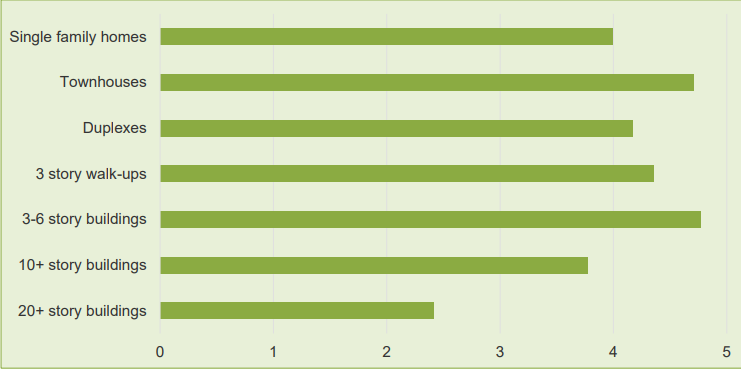
The County also has since taken the liberty to construct three themes for housing density for the subarea. All three themes share similar overall density, but as their numerical designations ascend their density becomes more distributed across urban unincorporated Snohomish. While the themes will not reflect actual or proposed changes to future zoning, they’re an attempt to reflect the survey results. Perhaps theme three reflects public input the best with its plentiful midrise and townhouse usage, and limited 10-20 story buildings restricted to urban cores. Part one of the workshop ends with space for public comment on the themes.
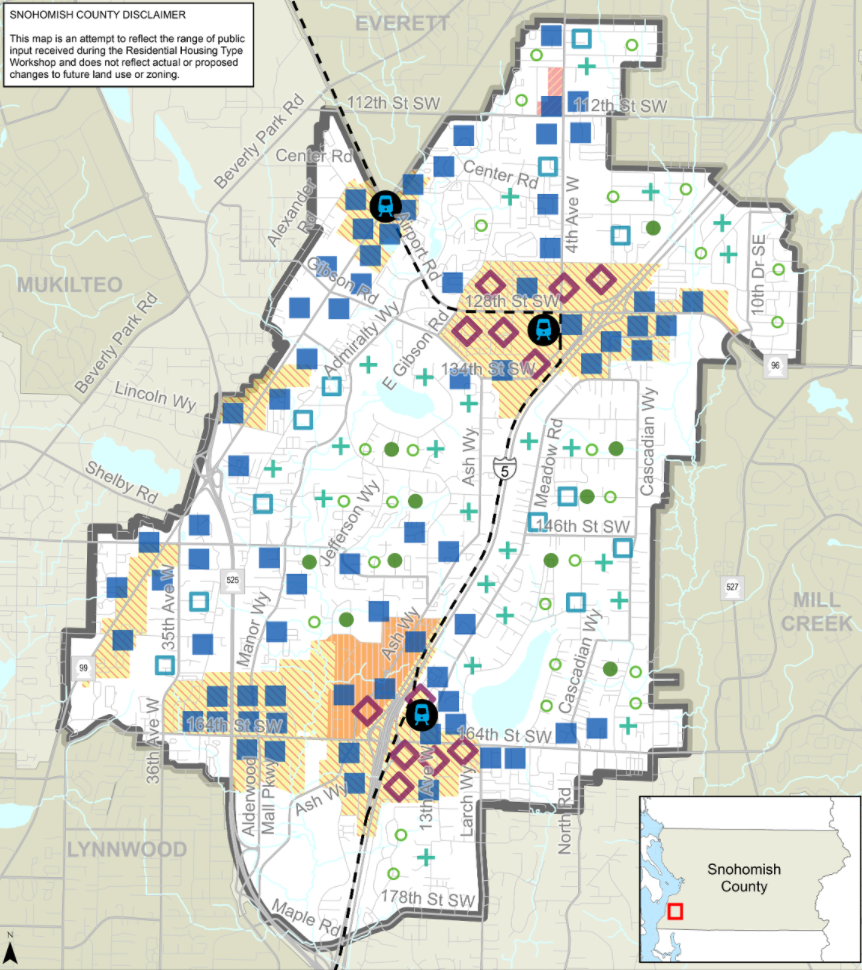
Housing Affordability
The latest addition to the workshop narrows focus to the county’s and concerned subarea’s housing affordability situation. The County presents worsening figures for housing affordability, as new housing grew 7% slower than new households, there was a 50% to 67% decline in low rent housing in the county between 2011 and 2017, and 30% of homeowners and 50% of renters were cost burdened–spending more than 30% of their income on housing and utilities. The issue was also framed in a racial equity light when they showed lower rates of homeownership among Black, Indigenous, and people of color (BIPOC) communities, and therefore greater risk of a housing cost burden. Of particular interest was the higher rating of cost burden within the examined unincorporated subarea.
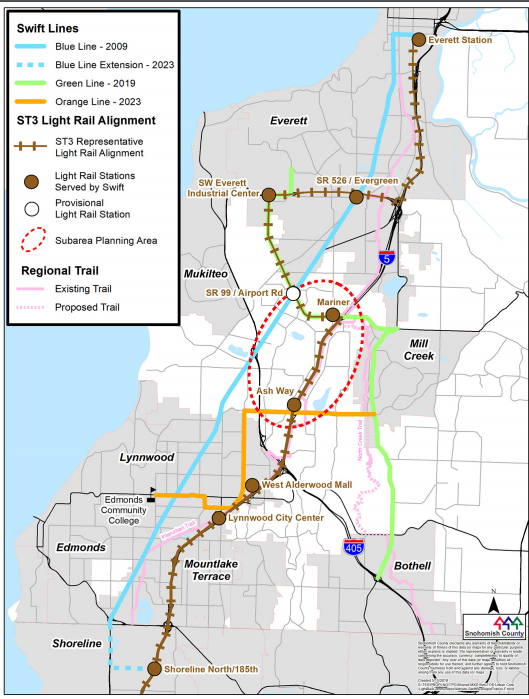
Citing the Puget Sound Regional Council (PSRC), the County acknowledged that by 2050 it would need 200,000 new housing units to accommodate future growth, and that just below half would need to be incentivized or subsidized for low income households. Accordingly, it is planning to place much of that growth around its high capacity transit like its future light rail stations. With the council’s tools, moderate and high displacement risks are also brought up for readers to consider before presenting them with space to comment on housing costs and affordability.
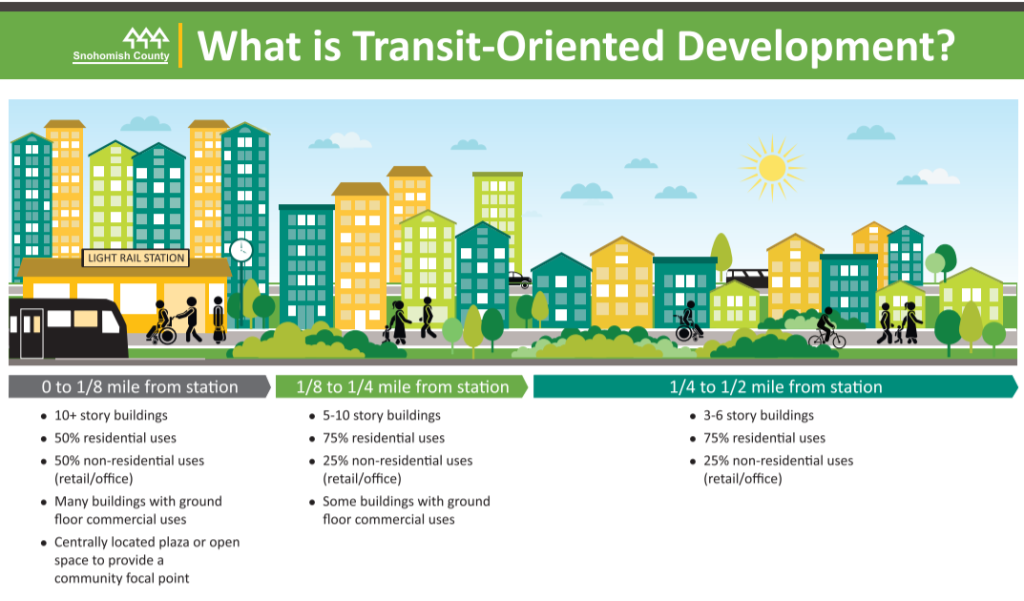
Next, missing middle housing, incentives and inclusionary housing, and local housing projects are brought up as types of housing approaches to consider to better housing affordability in the county. Recently, the 2017 Census Bureau data recorded 65% of the county’s 300,000 housing units were detached single-family homes, 23% was multifamily, and under 7% was single-family attached–townhouses, duplexes, etc.
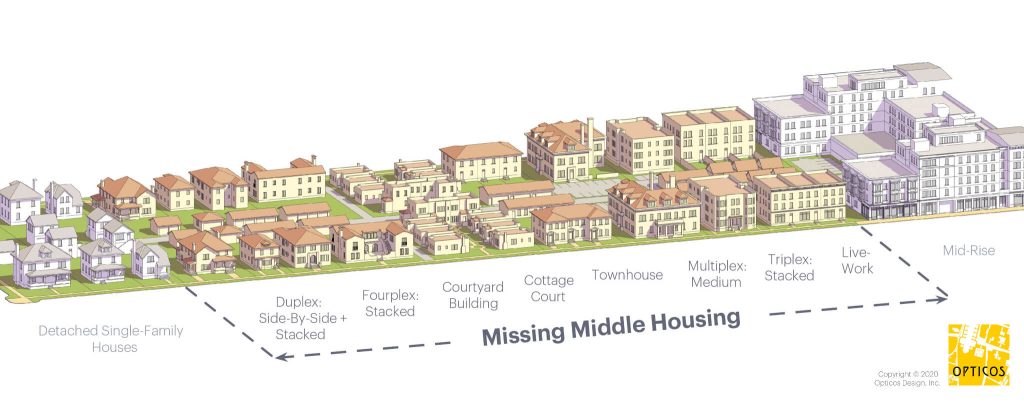
The PRSC identified single-family attached, and multifamily with 2-19 units as missing middle housing. These kinds of units fall in-between single-family attached and mid-rise housing and according to PRSC tend to be more affordable than single-family and denser housing. Middle housing isn’t precluded from Snohomish County’s development regulation and zoning, but one reason why that kind of housing is lacking is due to building industry cost models not favoring middle housing. The county’s Urban Core Subarea Plan will be reviewing existing development regulation to search for opportunities to encourage missing middle housing. Among the opportunities include additional incentives that some jurisdictions have tried to encourage more missing middle housing development.
Other incentive structures for housing affordability include incentive and inclusionary zoning. When available in a land use zone, incentive zoning can give developers more capacity when they provide affordable housing, this method is already used by the county. Density bonuses, flexible development regulations, parking reduction, fee waivers or reducing, and permitting priority are among the positive incentives–rewards– that can be individually or packaged for developers to create public benefit within the housing supply. Inclusionary zoning balances incentives (typically density bonuses) with affordability requirements set at a certain percentages of units rent-restricted to qualifying lower-income households–or require paying an opt-out fee aimed at creating at least as many units off-site, as Seattle’s program does. Depending on the tool, the regulation may fine violators or give developers an option to pay a fee to avoid it. Inclusionary zoning is currently not deployed in Snohomish County, but it could be considered as the planning process continues.
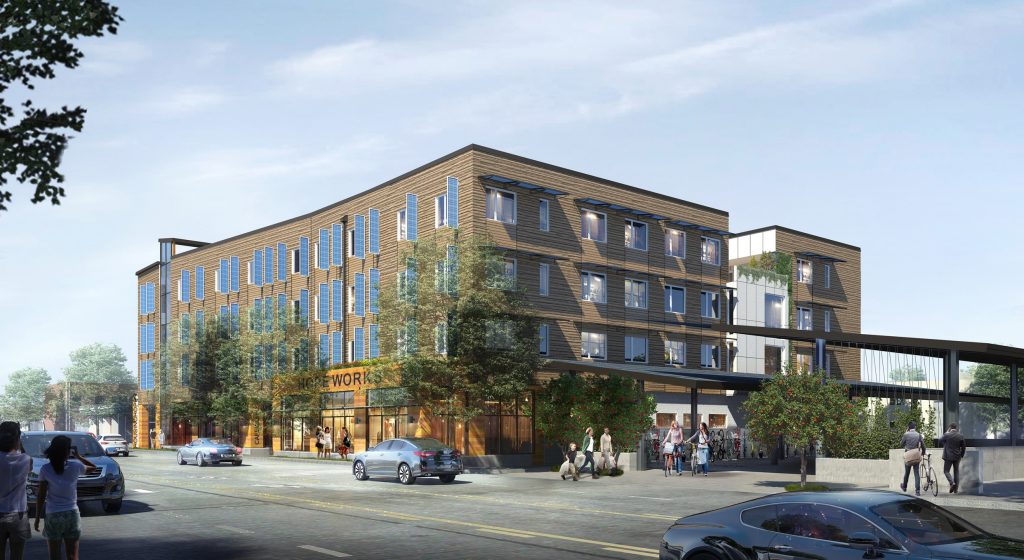
Lastly, there’s the option to build more affordable housing projects in a county that was home to 20,673 affordable housing units as of 2017. These units are operated by a mix of nonprofits and local authorities. As the PRSC noted, the existing affordable housing inventory must grow almost six fold in the next 30 years to meet future demand. The County presents three avenues for increasing their inventory, and seeks feedback on the issue in the open house.
Closing on Displacement and Accessibility
The workshop begins to end on a note on the potential impacts of the light rail stations. While positive impacts like reduced reliance on automobiles are noted, the workshop anchors the importance of current planning efforts with light rail accelerated rising housing costs and resulting displacement. Those two negatives impacts are escalated for mitigation and resolution. Preserving existing affordable housing and supporting the development of diverse dwelling sizes and types to meet the needs of the current and future population will be a part of the Urban Core Subarea Plan’s guiding principles. Strategies within the plan and potential land use and zoning changes will be instruments to execute those actions, and the feedback from the community will be a factor in developing those instruments.
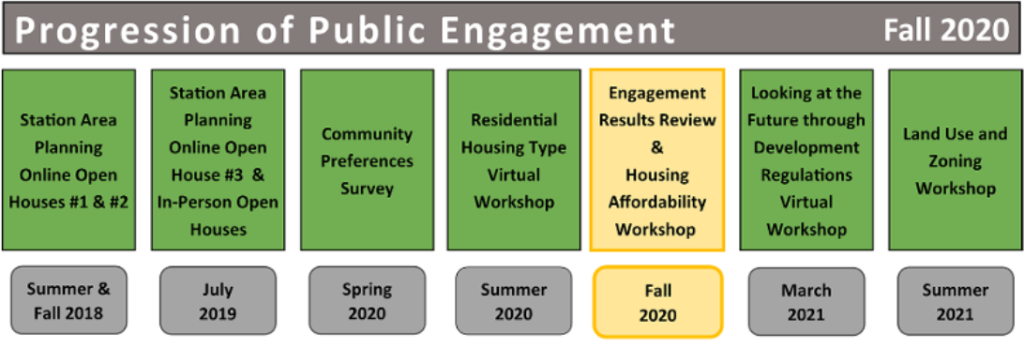
Barring recession delays, Ash Way, and Mariner Stations are expected to open sometime in 2036, so the County has over a decade and half to promote housing development to meet housing affordability needs for their constituents, current and future. Especially, if you’re a resident of Snohomish County be sure to participate in the workshop and spread the word. Additional feedback can be sent to the project email at LightRailComm@snoco.org. The email can also be reached for interpreter and translation services for non-English speakers, accommodations for persons with disabilities, and a printable version of workshop materials. The workshop closes on December 20th, 2020.
Shaun Kuo is a junior editor at The Urbanist and a recent graduate from the UW Tacoma Master of Arts in Community Planning. He is a urban planner at the Puget Sound Regional Council and a Seattle native that has lived in Wallingford, Northgate, and Lake Forest Park. He enjoys exploring the city by bus and foot.


